When we think about death, it often comes with heavy emotions and a big price tag. Especially when traditional burials are involved. Have you ever wondered if there’s a way to say goodbye that’s both gentle on our hearts and the planet? Green burials are emerging as a thoughtful option that embraces simplicity and sustainability. Rather than overwhelming families with daunting costs tied to elaborate caskets and chemical embalming. Green burials focus on natural materials and encouraging the earth’s healing process. As we dive deeper into the costs associated with these eco-friendly options, you’ll discover compelling reasons why this choice might resonate with you and your loved ones during such challenging times.
The cost of a green burial typically ranges from $500 to $5,000, making it a potentially more affordable option compared to traditional burial costs, which average around $9,420. Factors such as location and specific services will influence the final price, so it’s advisable to compare offerings from various providers.
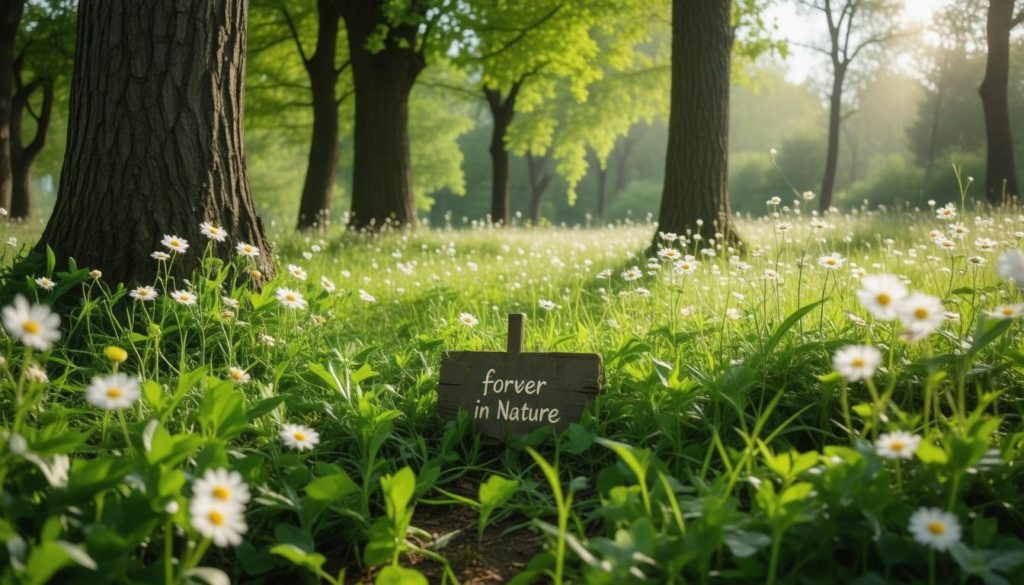
Comparing Green and Traditional Burial Costs
When exploring the costs associated with green burials compared to traditional options, it’s important to look closely at the different components involved.
Traditional burials come with a variety of fees that can quickly add up; from the costs of embalming—typically ranging from $500 to $700—to purchasing a metal casket, which could set families back anywhere from $2,500 to $10,000. Additionally, you must factor in the plot purchase, usually costing between $1,000 and $4,000, and not forgetting the headstone that could run you another $1,000 to $3,000.
In total, when you sum all these components, the average traditional burial often comes in between $7,000 and $12,000. That’s quite a financial burden during an already emotionally taxing time.
On the other hand, green burials have been designed with simplicity and affordability in mind.
One of the most appealing aspects of green burials is their inherent cost-effectiveness. By eliminating embalming—an expensive process that uses toxic chemicals—and opting for biodegradable materials instead of luxurious caskets, expenses are significantly decreased. A biodegradable casket might cost around $1,500, while a burial plot in a green cemetery typically falls between $500 and $3,500. Thus, the overall cost for a green burial ranges from about $2,000 to $6,000.
This means many families find green burials more economical options during their time of grief. Beyond mere numbers lies an altruistic benefit: choosing green burials means supporting environmentally sustainable practices that also help conserve natural beauty. When considering not just your budget but also your ecological footprint, green burial emerges as both an affordable and responsible choice.
This financial advantage stems directly from specific elements integral to green burials. By minimizing unnecessary expenses associated with conventional funerals, such as elaborate caskets and chemical treatments, green burials become not only an embracing way to honor loved ones but potentially alleviate some strain on your bank account as well.
The choice between these two types of burials isn’t simply black or white; it reflects alignment with your beliefs and circumstances while considering practicalities like cost. From here, we can take a closer look at the specific expenses tied to eco-friendly options.
Breakdown of Green Burial Expenses
The allure of green burials lies in their simplicity, sustainability, and, notably, their cost-effectiveness. Several key components contribute to the overall expenses of a green burial. Knowing these figures can help demystify the process for anyone considering this environmentally friendly option.
To begin with, the burial plot is one of the most significant expenses, typically costing between $500 to $3,500. This range often depends on the location and how dedicated the cemetery is to environmental conservation efforts. Some plots may come with additional amenities or be located in particularly scenic areas that justify the higher price tag. If you can locate a less prominent area within an eco-friendly cemetery, you may find options at more flexible rates.
Next on the list is the biodegradable casket or shroud, which costs about $200 to $1,500. What’s refreshing here is that these caskets are designed with intention: made from materials like bamboo, wicker, or cardboard, they serve their purpose and safely decompose back into the earth, leaving no harmful residues behind. Choosing biodegradable options marries function with an ethos of ecological preservation—something traditional burials can no longer claim.
The next essential component is the grave marker, often a simple flat stone or even a plant or tree. With prices ranging from $50 to $500, these markers are significantly less costly than traditional headstones, which can run into thousands of dollars. The use of natural elements as markers serves two purposes. It maintains an eco-friendly aesthetic while allowing families to honor their loved ones in a meaningful yet sustainable manner.
Now we must consider labor and administrative fees, which generally range from $300 to $1,500. These fees cover essential services such as opening and closing the grave and any necessary paperwork associated with the burial process. While these costs may seem standard across various burial types, they remain an important consideration when planning for a green burial.
| Component | Cost Range |
|---|---|
| Burial Plot | $500 – $3,500 |
| Biodegradable Casket/Shroud | $200 – $1,500 |
| Grave Marker | $50 – $500 |
| Labor/Admin Fees | $300 – $1,500 |
Each piece of this expense puzzle contributes to creating a respectful yet eco-conscious send-off for our loved ones. As we venture further into understanding this practice, we will examine the sustainable materials involved in green burials.
Eco-Friendly Materials for Burials
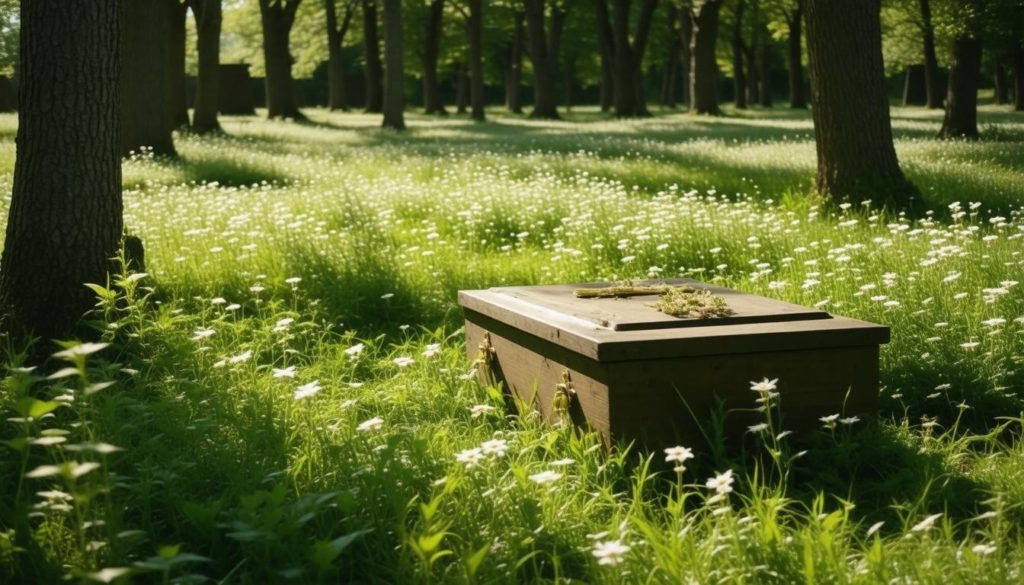
Green burials prioritize sustainability, which is evident in the materials selected for the entire process. By choosing biodegradable substances, these burials promote a deeper connection with nature and help limit the environmental footprint often associated with traditional burial methods. For instance, biodegradable caskets can vary widely in design and materials. They typically consist of bamboo, wicker, or untreated wood. These organic options naturally decompose over time, allowing the body to nourish the earth instead of being preserved with harmful chemicals.
In addition to caskets, natural fibers such as cotton, linen, or wool are commonly employed for shrouds. By wrapping the body in these breathable materials, the essence of natural decomposition remains intact. This method honors the body’s return to the earth while minimizing chemical interference with soil health.
An essential aspect of green burials is their rejection of toxic substances. Traditional embalming fluids laden with formaldehyde pose substantial risks to land and groundwater; therefore, green burials deliberately avoid such chemicals, safeguarding the environment from contamination.
The Green Burial Council has adopted stringent standards for eco-friendly products, ensuring that you’ll find no synthetic linings, glues, or finishes detrimental to the ecosystem. This commitment signals a transformative shift in how we view death and its intersection with nature. Imagine a beloved family member resting peacefully beneath a tree, their casket returning nutrients to enrich surrounding flora instead of contributing to pollution.
One innovative option gaining traction is the Infinity Mushroom Shroud, which integrates carnivorous mushroom spores into biodegradable materials. Although it raises intriguing possibilities for decomposition and nutrient cycling, its availability varies and may lead to ecological concerns that warrant further research.
As more people seek greener alternatives, exploring diverse burial options becomes imperative. Understanding different methods that can complement established practices while preserving our planet will reveal even more possibilities.
Alternatives to Traditional Burial Methods

Beyond the well-known green burial, alternatives like Aquamation, Terramation, and the Infinity Burial Suit have started to capture attention for their eco-friendly approaches. Each method brings unique characteristics that appeal to different needs and philosophies about death and environmental impact.
Aquamation
Also referred to as water cremation, Aquamation employs alkaline hydrolysis to break down the body. In a process that utilizes significantly less energy than traditional cremation. Up to one-tenth of the energy required. This gentler, water-based technique minimizes carbon emissions while adhering to an eco-conscious mindset. By creating a non-toxic liquid, which can safely be released into waterways or used as fertilizer. Aquamation highlights a shift towards sustainability at life’s end. Imagine being transformed into nourishing elements that support the planet rather than contributing harmful emissions. It’s a comforting thought for many.
Terramation
Another groundbreaking option is Terramation, or human composting. This innovative process literally turns the deceased into nutrient-rich soil over approximately four to six weeks. By placing the body in a specially designed vessel with organic materials like wood chips and alfalfa, microbes go to work breaking down the material in an extensive composting cycle. Currently legal in states such as Washington and Colorado, Terramation embodies the idea of giving back to nature. It’s captivating to envision one’s remains nurturing new growth in forests or gardens, creating life rather than taking up space in a cemetery.
Infinity Burial Suit
For those drawn to high-tech solutions that combine nature with innovation, the Infinity Burial Suit may pique interest. This suit is embedded with mushroom spores. Specifically chosen for their ability to accelerate decomposition while effectively breaking down toxins from the body. Not only does it provide a biodegradable alternative. It also embraces an avant-garde approach to mortality. With ongoing designs and research, the Infinity Burial Suit stands at the intersection of technology and environmental consciousness. A fitting option for modern-day eco-warriors who want their last act on earth to serve a greater purpose.
As you consider these fascinating methods, keep in mind how each aligns with your values relating to life and our planet’s future. This reflection can lead to profound discussions on funeral arrangements that honor both memories and nature’s significant role in our lives.
Benefits of Choosing a Green Burial
One of the most palpable benefits of green burials is their environmental impact. Unlike traditional burial methods that often utilize embalming fluids, which can leach harmful chemicals into the ground, green burials promote natural decomposition without the use of synthetic preservatives or concrete vaults. This method helps conserve our precious natural resources while safeguarding soil and water quality. Each time someone opts for a green burial, it’s as if they are taking a stand to protect the planet. This decision leads to reduced carbon emissions, contributing to an eco-friendly legacy.
Not only do these practices benefit Mother Earth, but they also foster a unique emotional connection for families during a challenging time. In a world filled with sterile funeral homes and metallic coffins, many find solace knowing that their loved ones will rest in nature. Returning to the earth from which they came. Imagine standing by a gentle oak tree where your cherished relative is laid to rest in biodegradable materials. It creates a serene final resting place that feels more like home than a cold cemetery plot. People often express feeling closer to nature when they visit these natural burial spaces. Finding peace as they remember their loved ones.
On top of these significant emotional and environmental benefits, green burials are also notably cost-effective. With traditional funerals easily surpassing $7,000 and sometimes reaching $12,000 when accounting for caskets and other services. The lower costs associated with green burials can be striking. Estimates show that individuals might spend between $1,000 to $4,000 on a green burial, providing a financially viable option without sacrificing dignity or respect for the deceased. The potential savings stem from avoiding pricey caskets and vaults and eliminating embalming fees that generally range from $500 to $1,500.
It’s ironic considering all those fancy trappings we think we need—sometimes simplicity truly reigns supreme!
By integrating these benefits into your planning discussions, you’re not just hashing out logistics. You’re embracing a holistic approach to honoring life while respecting the earth’s future.
Choosing the Right Green Burial Provider
When it comes to green burials, finding a provider who aligns with your values and needs can feel overwhelming, but it doesn’t have to be. The goal is to ensure that the process respects the earth while reflecting your wishes and those of your loved ones.
A first important step is looking for certification. Providers certified by the Green Burial Council are committed to eco-friendly practices, ensuring they adhere to standards that protect the environment while providing dignified services. This certification acts as quality assurance, lending credibility to their operations.
Once you’re confident about certifications, considering location becomes paramount. Visiting potential cemeteries can be incredibly insightful. As you walk the grounds, pay attention to how well they maintain their natural landscapes and whether they prioritize conservation efforts. These aspects might resonate with your own values on land stewardship and environmental preservation. In a way, the site becomes a resting place that embodies what you believe in, enhancing its significance.
Next comes thinking about service options offered by these providers. It’s vital to discuss available services openly. Ranging from different types of burials to ongoing maintenance standards for grave sites. You might encounter options such as biodegradable caskets or natural markers instead of traditional headstones. Allowing you to select an approach that minimizes environmental impact. Understanding their additional commitments. Such as financial support for conservation projects—helps gauge their dedication to eco-friendliness.
Use our website to help streamline your search for certified providers tailored specifically to your requirements. By leveraging these insights and exploring potential providers in-depth, you are not just choosing a burial service; you are reinforcing your commitment to environmental sustainability while honoring personal beliefs.
With these considerations in mind. You will find the selection process less daunting and more empowering. Leading you towards making an impactful decision that aligns perfectly with both your ecological values and personal preferences.
In summary, selecting a green burial provider involves careful consideration of certification, location, and service options. Ensuring your choices align with your values while promoting eco-friendliness. Understanding these elements will pave the way for a thoughtful decision in this meaningful journey.


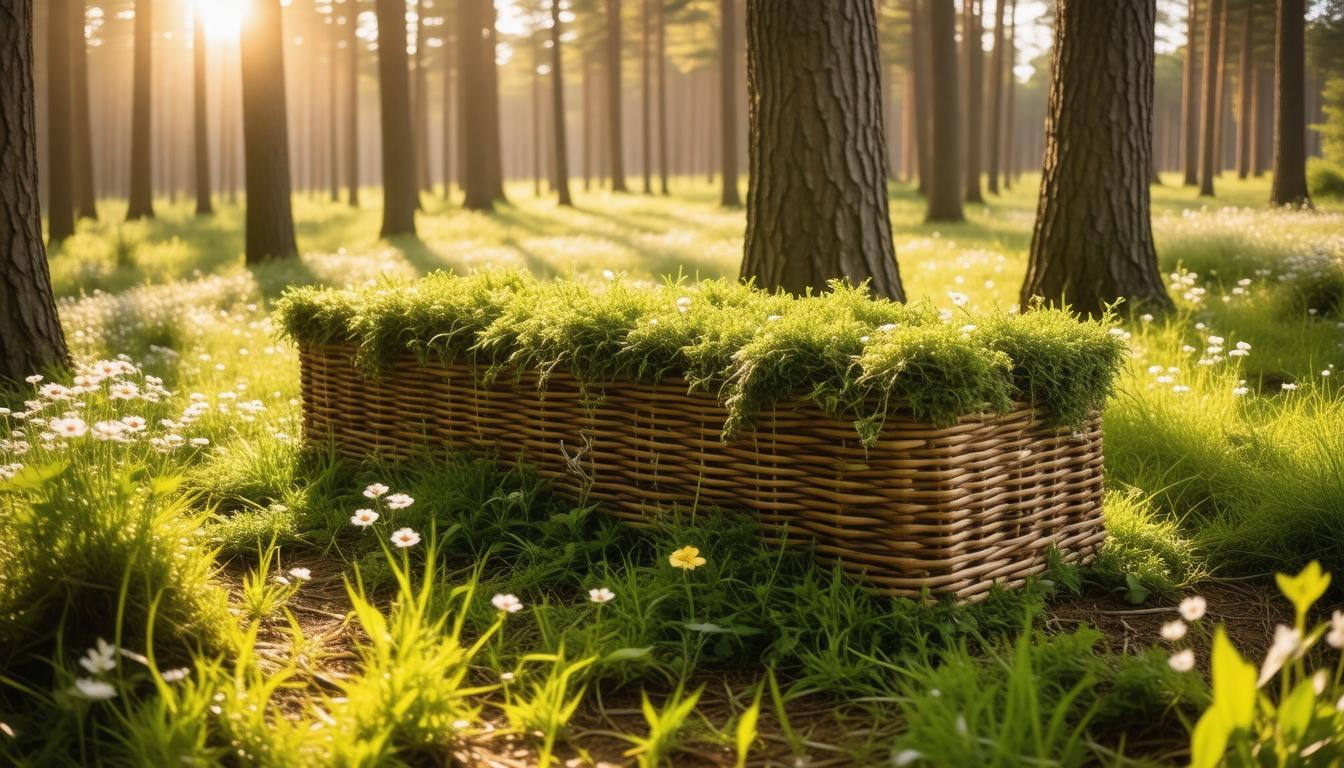
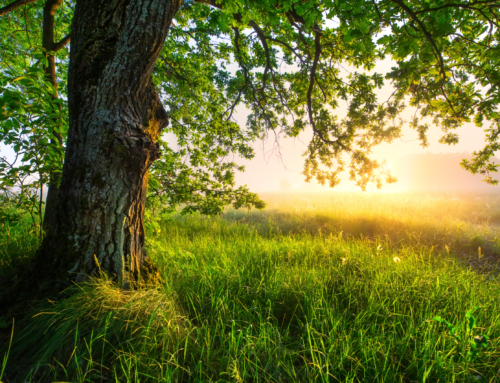
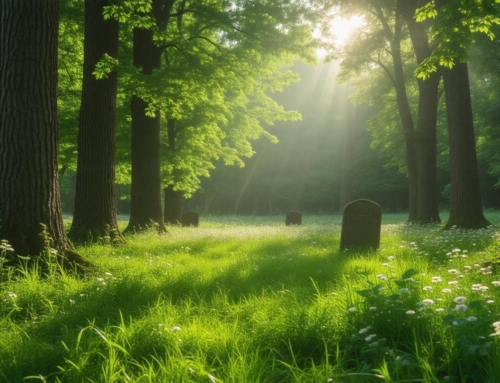
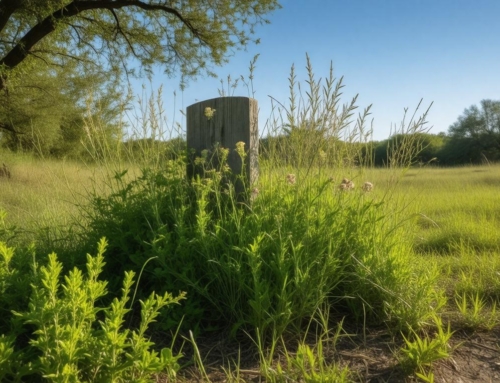
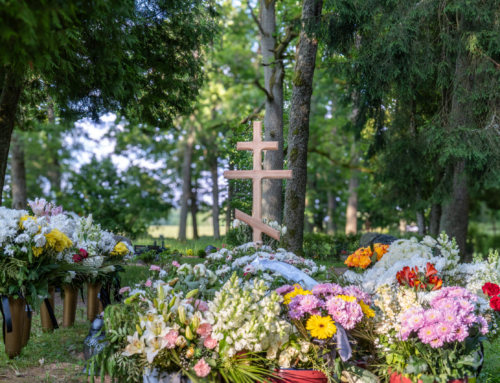

 Chrysta Bell Zucht is an internationally known Actor, Musician and the Steward of Countryside Memorial Park. She has always shared her father’s passion for Natural Burials, and upon his unexpected death in 2009 had the soul-satisfying experience of giving him the green burial he had always wanted. She remains deeply dedicated to Countryside and has vowed to continue to offer it as a serene, peaceful place for eco-conscious families to bury, memorialize and celebrate their Beloveds.
Chrysta Bell Zucht is an internationally known Actor, Musician and the Steward of Countryside Memorial Park. She has always shared her father’s passion for Natural Burials, and upon his unexpected death in 2009 had the soul-satisfying experience of giving him the green burial he had always wanted. She remains deeply dedicated to Countryside and has vowed to continue to offer it as a serene, peaceful place for eco-conscious families to bury, memorialize and celebrate their Beloveds. Music adds a memorable and deeply moving element to any ceremony, especially if it is music that your Loved One loved.
Music adds a memorable and deeply moving element to any ceremony, especially if it is music that your Loved One loved.